Development and Discontent in Tribal India
Development is a continuous and a multidimensional process which involves reorganization and reorientation of the entire economic and social system. The tribal communities in India are at different levels of this socioeconomic development. There are tribes that are still dependent on forests for their livelihood with their primitive technology, limited skills and traditional ritual practices. On the other hand, there are several communities in India who have been totally assimilated into national mainstream. However, low productivity from land, dispersed habitation, shrinking shifting cultivation, weak cooperative and marketing infrastructure, and land grabbing by non-tribals leading to their dispossession and marginalization is a common phenomenon across the tribal areas. This volume is a critical review to identify, document and comprehend the broad trends in development and discontent emanating across tribal groups. Over the last 65 years, the Scheduled Tribes appear to have evolved into two distinct groups: those communities who have been able to take advantage of the protection and benefits guaranteed to them under the Constitution and those communities to whom such benefits and protection have failed to reach. The alarming fact is that due to alienation from fruits of development process these groups fall easy prey to alternative ideologies and create law and order problems in their hinterland. This volume strives to encompass all these issues related to tribal areas in India.
Get it now and save 10%
BECOME A MEMBER
-

Girls' Literacy in Rural India: Comparative Study of Maharashtra and Madhya Pradesh
-
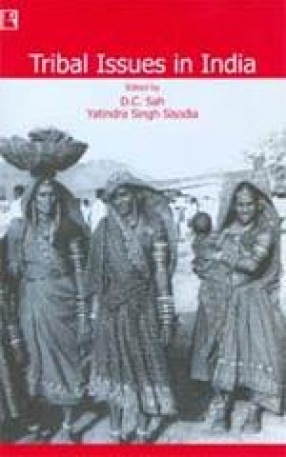
Tribal Issues in India
-
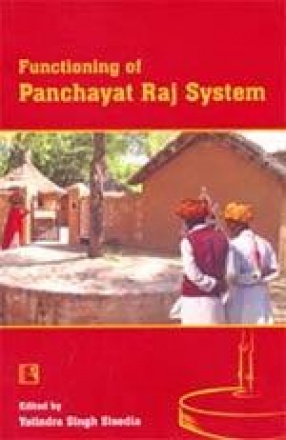
Functioning of Panchayat Raj System
-

Political Consciousness Among Tribals
-
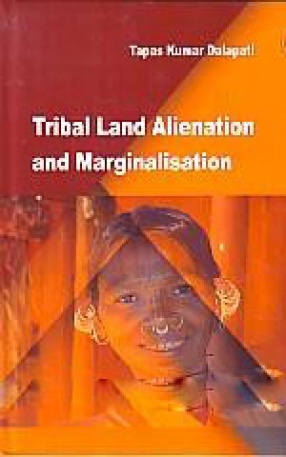
Tribal Land Alienation and Marginalisation
-
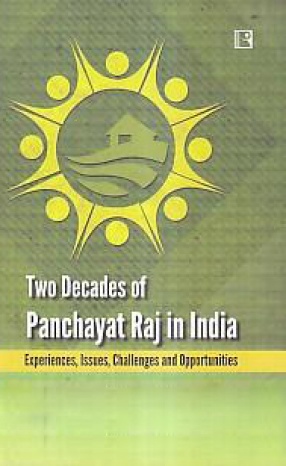
Two Decades of Panchayat Raj in India: Experiences, Issues, Challenges and Opportunities
-
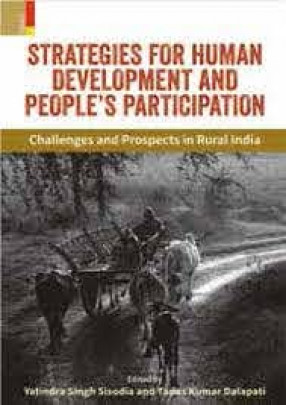
Strategies for Human Development and People's Participation in Rural India

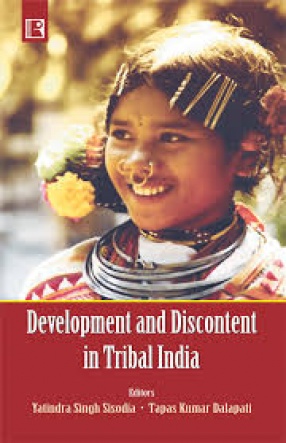


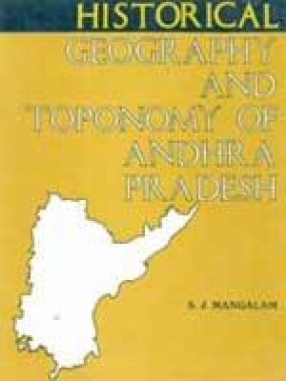


Bibliographic information
Tapas Kumar Dalapati